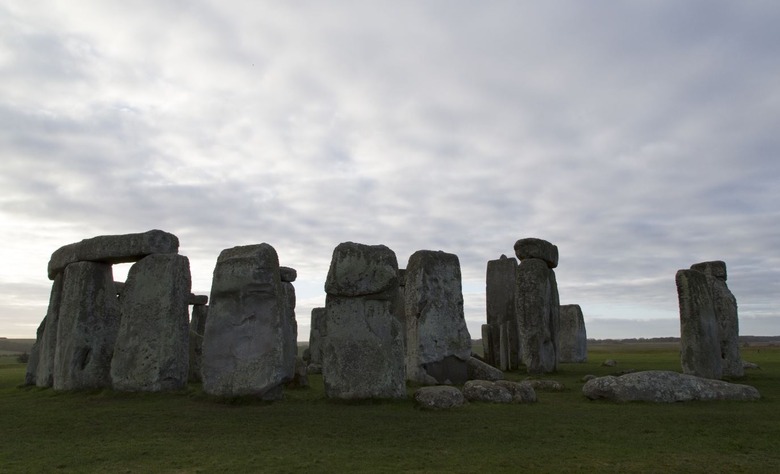Geologists Studying Stonehenge Rocks Finally Discovered Where They Came From
Stonehenge is one of the most incredible monuments on Earth, but it's also one of the most puzzling. The colossal rocks, perched on their end and stacked high in a field in Wiltshire, England, seem to defy any logical explanation.
Over the years, geologists have slowly begun to trace the origins of the rocks themselves, helping to explain how they were sourced and how the monument itself was constructed. Now, a new research paper paints the clearest picture yet of where the rocks originated and how they were excavated from their original homes.
The paper, published in the journal Antiquity, reveals that the rocks were original found in prehistoric quarries located some 150 miles from the site of the monument. The scientists believe the rocks were likely harvested around five thousand years ago, and they've found evidence of ancient tools to prove it.
Geologists were able to date the activity in the quarries to the time frame in which Stonehenge was built, which is solid evidence that the rocks came from these specific sources. The findings put to rest some nearly century-old theories that attempted to explain where the rocks came from, accurately sourcing the stones to two specific areas that are a significant distance from a long-suspected quarry site that was erroneously identified in the 1920s.
The research not only answers the question of where the rocks originated but also answers the question of whether ancient humans moved the rocks themselves or had help from glaciers that had already pushed them over a hundred miles towards the eventual monument site. As it turns out, this was a purely human project.
The geologists also suggest that it's possible the stones were originally arranged in a circular formation elsewhere, closer to the quarry site before eventually being move to the area where we see them today, though they can't be sure.
